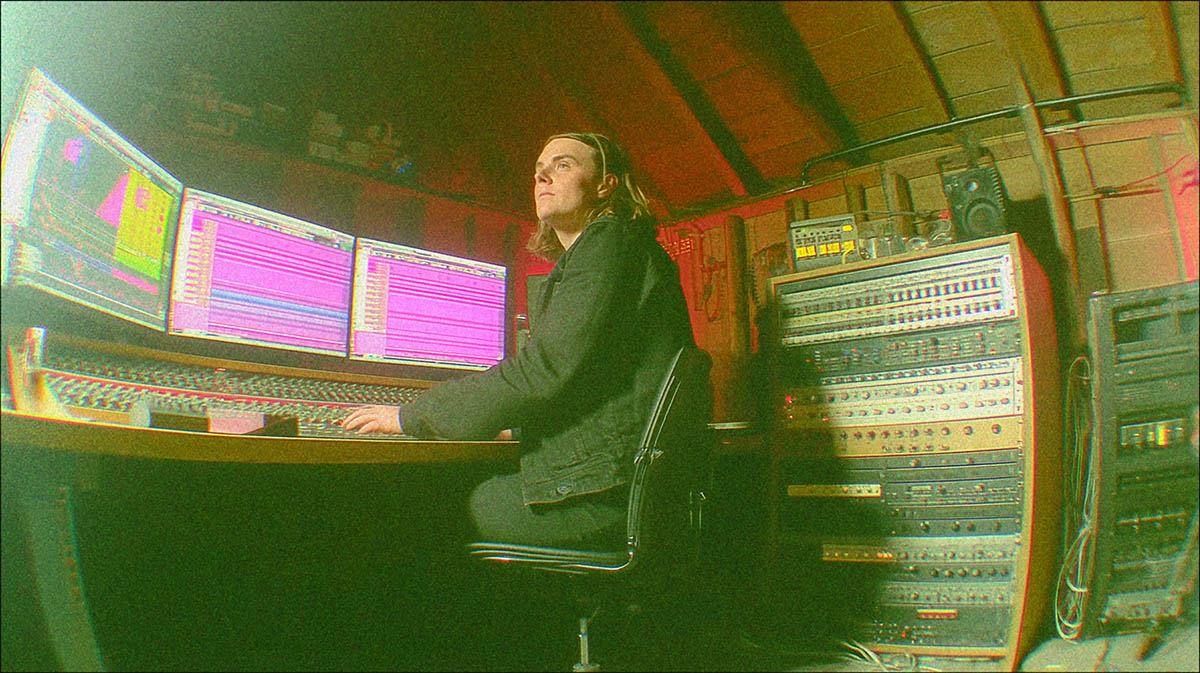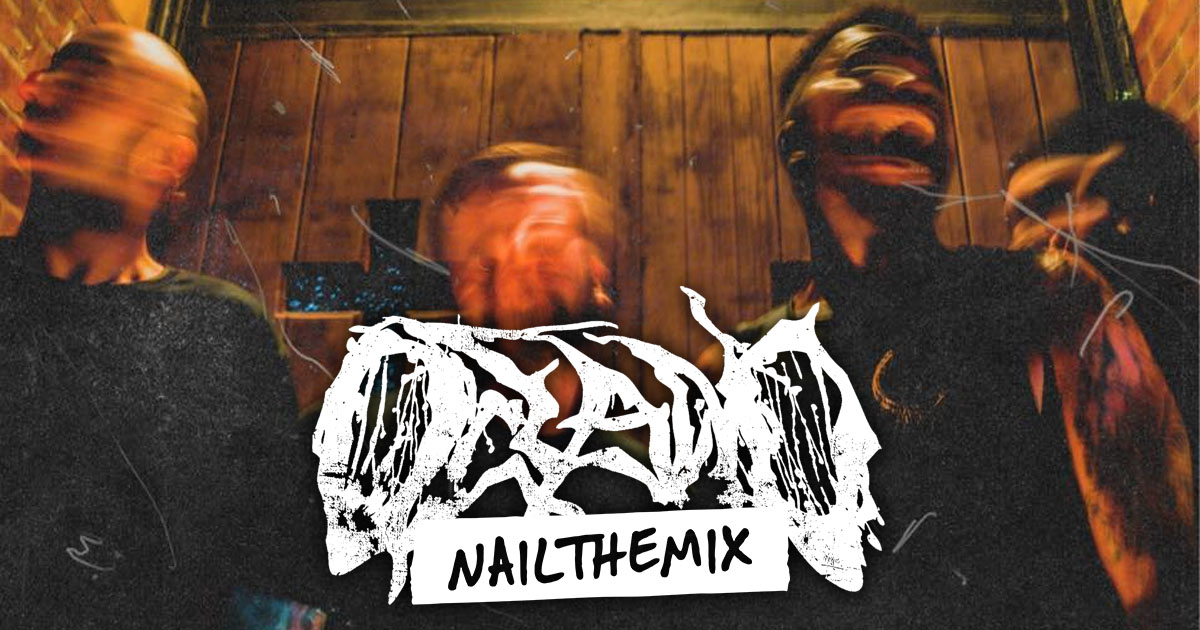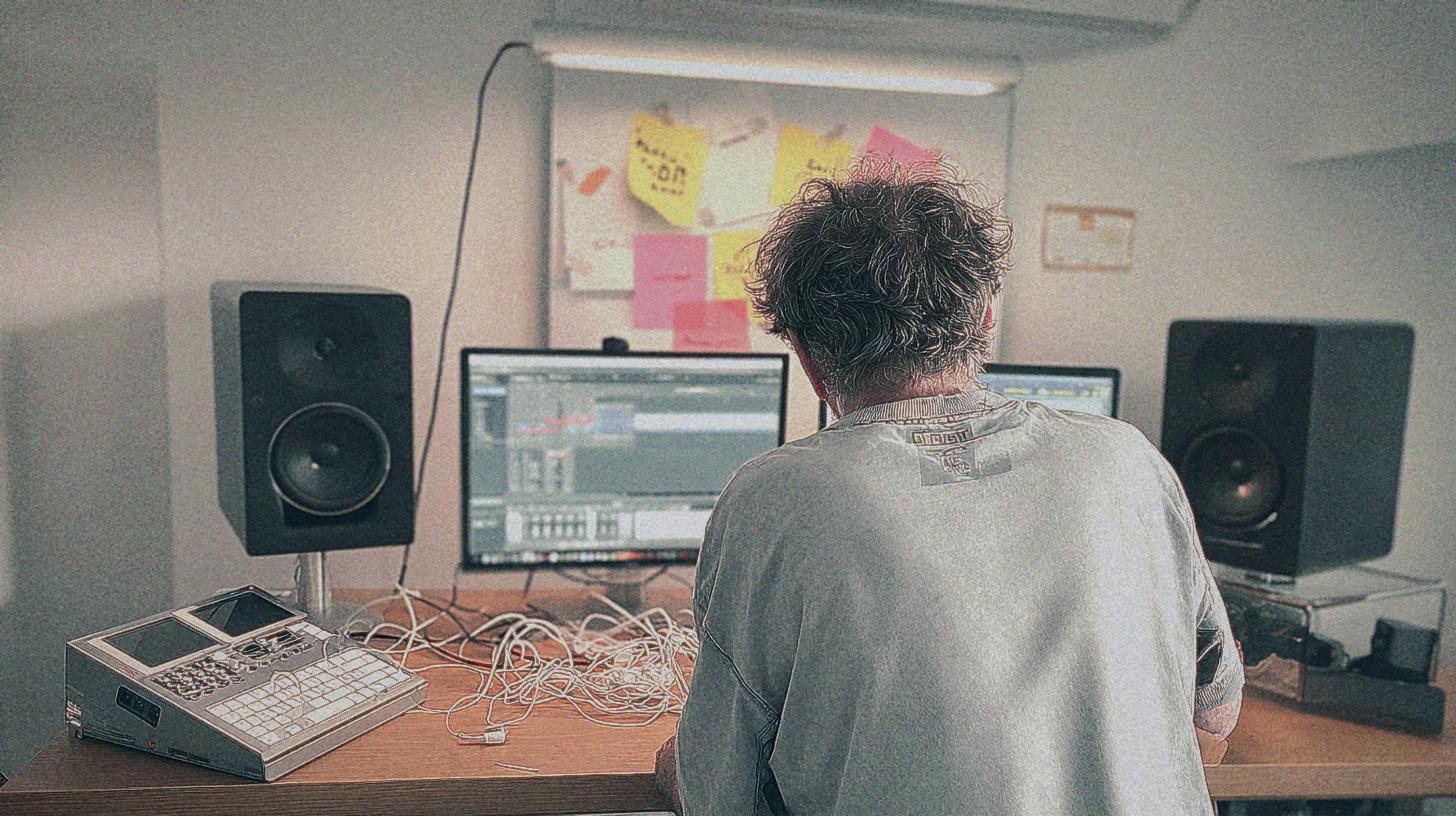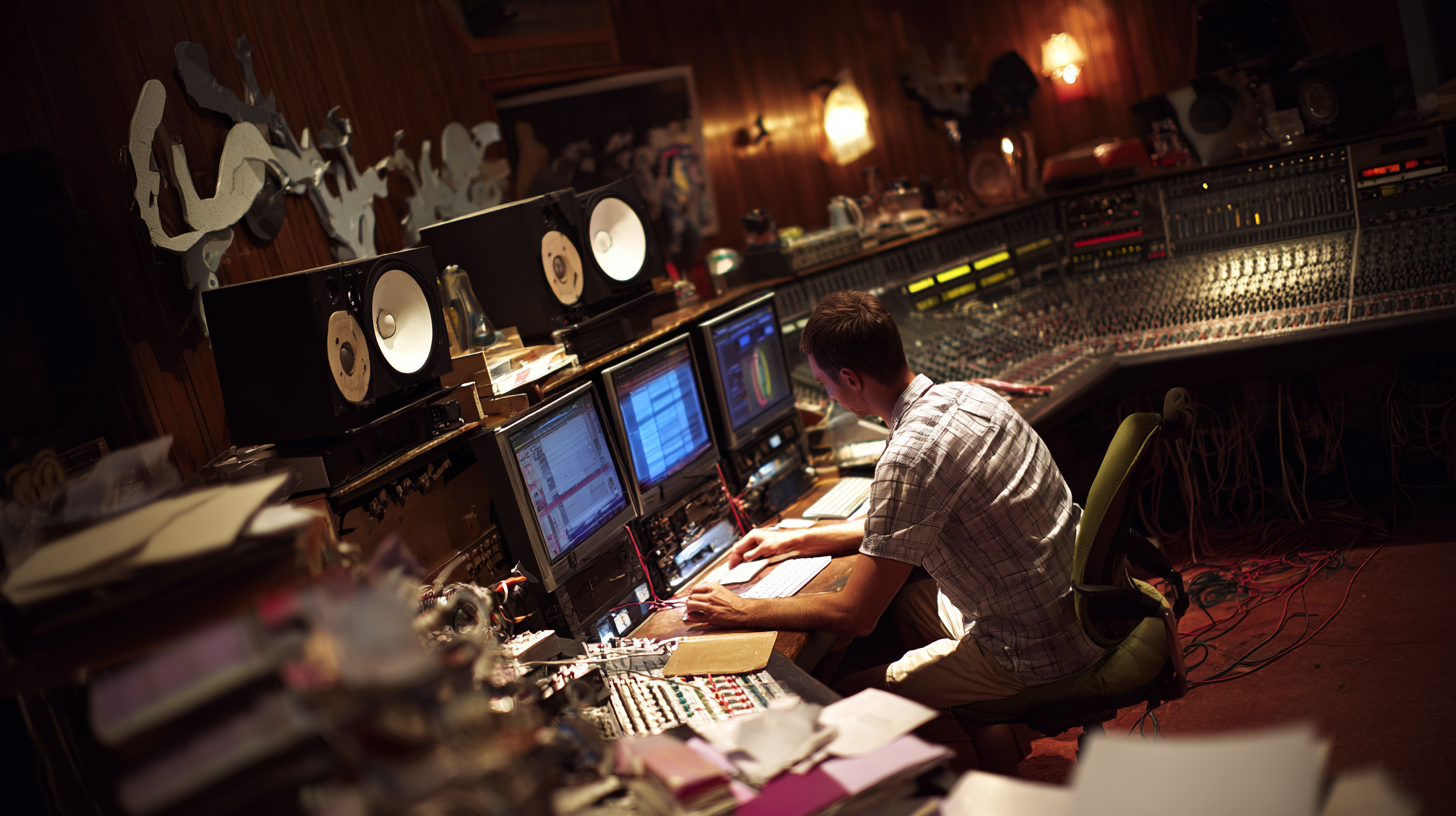
High Pass vs Low Pass Filter: Your Key to a Modern Metal Mix
Nail The Mix Staff
Ever thrown on a new metal record from a band like Spiritbox or Architects and wondered how every single element sounds so massive, yet so incredibly clean? Even with drop-tuned 8-string guitars, a bass that could cause a seismic event, and drums hitting at 200 BPM, there’s no mud. Everything has its own space.
While a lot goes into that (insane players, perfect drum samples from libraries like Get Good Drums, and killer amp sims from Neural DSP), one of the most powerful tools behind that clarity is the humble filter.
Understanding the high pass vs low pass filter isn't just basic EQ 101; it's the fundamental building block for carving out the hyper-polished, surgically precise sound that modern metal demands. Let's break down how the pros use these two essential tools to turn a dense, messy mix into a professional-sounding monster.
First, A Quick Refresher (The No-BS Version)
You’re a producer, so you probably know the basics. But let's frame it in the context of a metal mix. Think of your DAW's stock EQ or a workhorse like FabFilter Pro-Q 3.
High Pass Filter (HPF)
The High Pass Filter (HPF), sometimes called a low-cut, does exactly what it says: it lets the high frequencies pass through while cutting the low frequencies. It’s your number one weapon for getting rid of useless low-end rumble and mud that does nothing but cloud your mix.
Low Pass Filter (LPF)
The Low Pass Filter (LPF), or high-cut, is the opposite. It lets the low frequencies pass through and cuts the highs. It’s the tool you use to tame harshness, eliminate nasty high-end fizz, and tuck elements into the background.
The Real Battle: Carving Space in a Crowded Mix
In a genre where 8-string guitars can easily dip into the same frequency range as the bass guitar, and the kick drum is fighting both, filtering isn’t optional—it’s survival. The standards for production are higher than ever, but so is the accessibility of the tools you need to meet them. Here’s how to deploy HPFs and LPFs on the battlefield.
High-Passing: Your #1 Weapon Against Low-End Chaos
Modern metal is defined by its extended low end. From Meshuggah popularizing 8-strings to bands like Humanity’s Last Breath tuning to frequencies that barely register as notes, managing that low-frequency information is probably the biggest challenge for today’s metal producer. This is where the HPF becomes your best friend.
Guitars: Create Room for the Chug
This might feel wrong at first, but you need to be aggressive here. Your rhythm guitars, even on an 8-string, don’t need much information below 100-120Hz. That area is prime real estate for your kick drum’s punch and your bass guitar’s fundamental note.
Actionable Tip: Slap an HPF on your main guitar bus. Start with a 12dB/octave slope set around 100Hz and slowly move it up. Listen for the point where the guitars start to sound thin, then back it off just a touch. You’ll be shocked how much cleaner and punchier the entire low-end of your mix becomes. This single move is a cornerstone of modern metal mixing. For a deeper dive into these kinds of strategic EQ moves, our EQ hub page is loaded with techniques.
Cymbals & Overheads: Let Them Float
Your overhead mics pick up everything—especially kick and snare bleed. This low-end bleed can make your whole drum kit sound washy and unfocused.
Actionable Tip: Use a steep HPF (24dB/octave or higher) on your overheads and cymbal spot mics. Start around 300-400Hz and push it up until you’ve removed the boxy low-midrange from the kit, leaving just the clean shimmer of the cymbals. They will instantly sound more expensive and "float" on top of the mix instead of fighting with it.
Vocals: Instant Clarity
Rumble from the mic stand, plosives ("p" and "b" sounds), and general low-frequency mud can make even the most brutal scream sound cloudy. An HPF on vocals is non-negotiable. For a guttural death metal vocal, you might set it lower (around 80-100Hz), while for a higher-pitched scream or clean vocal, you can often go as high as 120-150Hz.
Low-Passing: Taming Fizz and Adding Depth
Just as important as cutting the mud is controlling the top end. A raw, distorted guitar tone from an amp or a plugin like the Archetype: Gojira X can have a ton of high-frequency "fizz" that sounds harsh and amateurish.
Guitars: The Fizz Tamer
That nasty, static-like sound that lives way up in the high frequencies? That’s fizz, and an LPF is the perfect tool to kill it. This move makes your guitars sound thicker and allows the "air" from your vocals and the shimmer of your cymbals to shine through.
Actionable Tip: On your guitar bus, use an LPF with a gentle 6 or 12dB/octave slope. Start it way up at 15kHz and slowly bring it down. You’ll find a sweet spot, often between 8kHz and 12kHz, where the annoying fizz disappears, but you don’t lose the aggressive "bite" of the pick attack.
Bass: Focus the Distortion
If you’re running a parallel distorted bass track (a classic move), that distortion can create high-end harmonics that clash with the guitars. Low-pass your distorted bass track somewhere around 2-5kHz to keep it focused in the low-mids, letting it add grit and presence without fighting the guitars for space.
Drums: Tighten Your Ambience
Got a killer snare sample from the Get Good Drums library that comes with its own room track? That room sound can sometimes have a lot of cymbal wash. Use an LPF on the room track and pull it down to tame that wash, focusing the ambience on the body and crack of the snare itself. This makes the reverb feel bigger without cluttering your mix. Once you have your frequencies dialed in, your compressors will work much more effectively. If you want to learn how to make your drum bus slam, check out our metal compression secrets.
Creative Filtering: Embrace the Genre-Bending
Modern metal isn’t just one thing anymore. Bands like Falling in Reverse and Bring Me The Horizon pull from pop, electronic music, and hip-hop. Automated LPF sweeps are a classic electronic music trick that can add insane dynamics and tension to a metal track.
Actionable Tip: Try putting a filter plugin like Soundtoys' FilterFreak on your guitars or a synth layer before a huge chorus. Automate the LPF to close down, making the part sound dark and distant, then have it sweep wide open right as the chorus hits. It’s an easy way to create a massive impact.
It’s Not "Versus," It’s a Partnership
The real magic happens when you realize "high pass vs low pass filter" is the wrong way to think about it. The goal is to use them together to "bracket" an instrument, forcing it to live only in the frequency range where it sounds best.
Think about those rhythm guitars again. You’ve used an HPF to cut everything below 120Hz. You’ve used an LPF to cut the fizz above 10kHz. What you’ve done is create a band-pass filter—you’ve effectively told the guitars, "This is your zone. Stay here and don’t mess with the kick, bass, or cymbals."
When you do this for every major element in your mix, everything locks into place. That is the secret to the polished, powerful, and clean sound of modern metal production.
Ready to See It in Action?
Mastering these filtering techniques is a massive leap forward. But reading about it is one thing—seeing a world-class producer actually apply them to a real song from a band like Meshuggah or Gojira is another.
At Nail The Mix, we put you in the virtual co-pilot seat. Every month, you get the raw multi-tracks from a real metal hit and watch the original producer mix it from scratch, explaining every single move—every filter, every bit of compression, every automation trick.
If you’re ready to stop guessing and start learning the exact workflows the pros use to achieve these sounds, it's time to go beyond presets.
Get a new set of multi-tracks every month from a world-class artist, a livestream with the producer who mixed it, 100+ tutorials, our exclusive plugins and more
Get Started for $1






